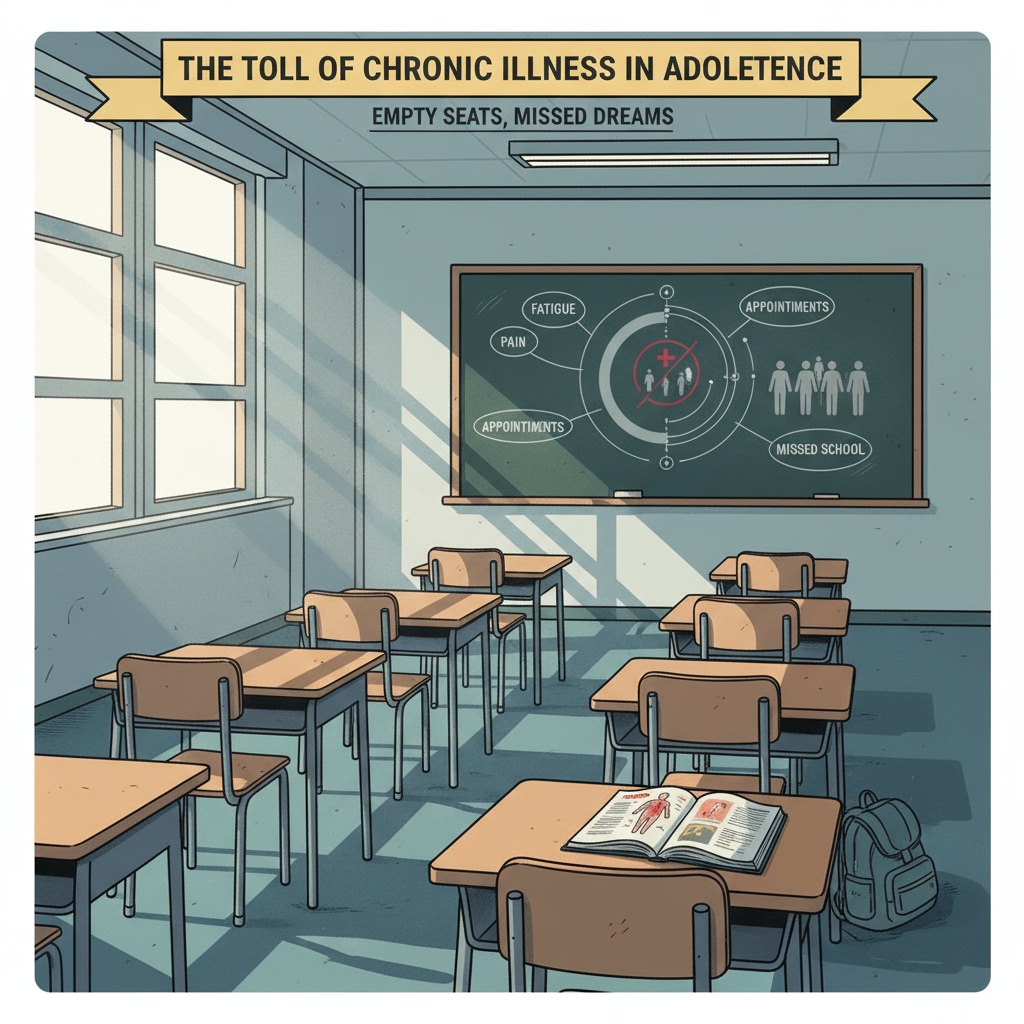Chronic diseases, high school graduation, and GED are significant topics when considering the educational journey of teenagers with health issues. For many adolescents dealing with chronic conditions, traditional high school can be a formidable obstacle. These students often face a unique set of challenges that can impede their ability to complete their high school education in the conventional way.

The Hurdles in Traditional High School
Teenagers with chronic diseases encounter numerous difficulties in traditional high school settings. Firstly, their health issues can lead to frequent absences. Illness flare-ups, doctor appointments, and recovery periods often keep them away from school. As a result, they may fall behind in their studies, struggling to catch up on missed lessons. For example, a student with asthma might miss several days of school during allergy seasons due to breathing problems. CDC’s information on chronic diseases shows that these absences can have a cumulative effect on their academic progress.

Alternative Educational Options
One alternative is the General Educational Development (GED) program. The GED offers a way for students to earn a high school equivalency diploma. It consists of tests in various subjects, allowing students to demonstrate their knowledge and skills. This is an attractive option for those who cannot complete the full high school curriculum due to their health. Another option is online high school programs. These provide flexibility, enabling students to learn at their own pace from the comfort of their homes. They can access course materials and interact with teachers and peers remotely. Learn more about the GED program
In addition to these, some schools offer individualized education plans (IEPs) or 504 plans. These plans are designed to provide accommodations for students with chronic diseases. For instance, a student might be allowed extra time to complete assignments or take breaks during the school day. These accommodations can help level the playing field and support them in achieving their educational goals.
Readability guidance: By presenting the challenges and solutions in short paragraphs and lists, we make the information more accessible. The use of external links provides reliable sources for further exploration. The focus on alternatives like GED and online programs offers hope for teenagers with chronic diseases to overcome educational barriers and reach their graduation dreams.


